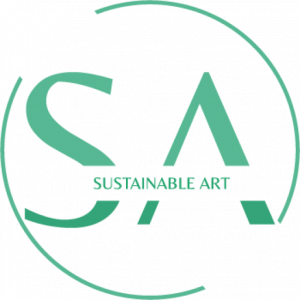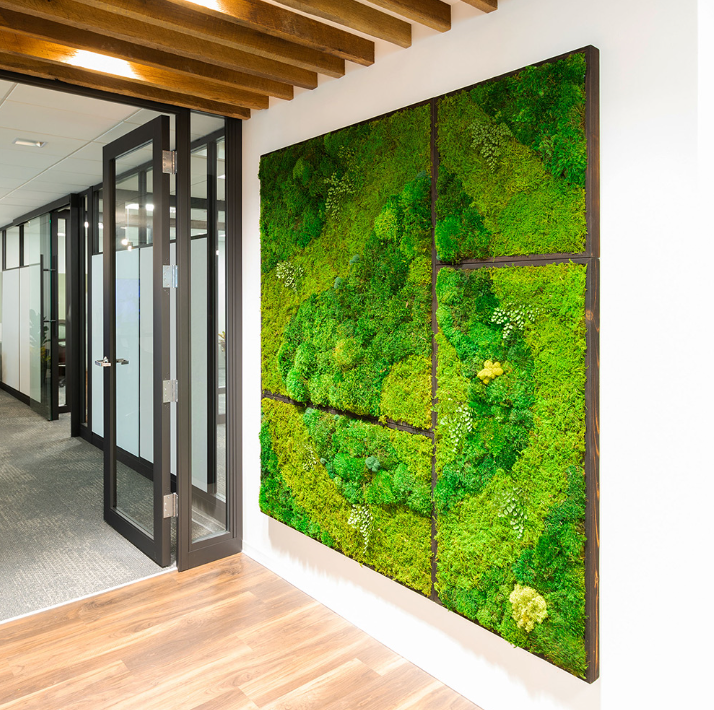The natural impact of nature has a direct connection with the level of comfort & happiness within the environment. Biophilia has become one of the most dominant trends as one of the expressions towards more sustainable or “green” principles in construction and interior design. Numerous studies have shown that incorporation of natural elements in our home, office and other places can contribute to our physical and emotional health.
Biophilic design including Plants walls seeks to connect our inherent need to affiliate with nature in the modern built environment. An extension of the theory of biophilia, biophilic design recognizes that our species has evolved for more than 99% of its history in adaptive response to the natural world and not to human created or artificial forces. We became biologically encoded to associate with natural features and processes. Rather than being vestigial – or relevant to a world that no longer exists – this need is thought to remain instrumental to people’s physical and mental health, fitness, and wellbeing.
Since today’s “natural habitat” is largely the built environment, where we now spend 90% of our time, biophilic design seeks to satisfy our innate need to affiliate with nature in modern buildings and cities. Thus, the fundamental goal of biophilic design is to create good habitat which includes nature for people as biological organisms inhabiting modern structures, landscapes, and communities. Accomplishing this objective depends on meeting certain conditions. First, because biophilia is essentially about evolved human tendencies, biophilic design focuses on those aspects of nature that, over evolutionary time, have contributed to our health and wellbeing. Let us be clear on this point: Any occurrence of nature in the built environment cannot be called biophilic design if it has no bearing on our species’ inborn tendencies that have advanced our fitness and survival.
Simply put, biophilic design focuses on those aspects of the natural world that have contributed to human health and productivity in the age-old struggle to be fit and survive. Thus, desert or deep-sea habitats or microorganisms or alien or extinct species or other obscure aspects of nature are largely irrelevant as aspects of biophilic design because they offer little if anything in the way of sustained benefits to people.
The trend for Plant Walls (Green Walls) within the work environment has increased over the past few years.
Scientifically it has been proven that levels of productivity and efficiency are directly proportional to the work environment.







Thank you for sharing this informative post. Your ideas were very helpful and gained a lot of knowledge from it.
I enjoy the concise way you present information on your website. Keep up the fantastic work.
I really appreciate your passion for sharing knowledge with your readers. Thanks for all that you do.